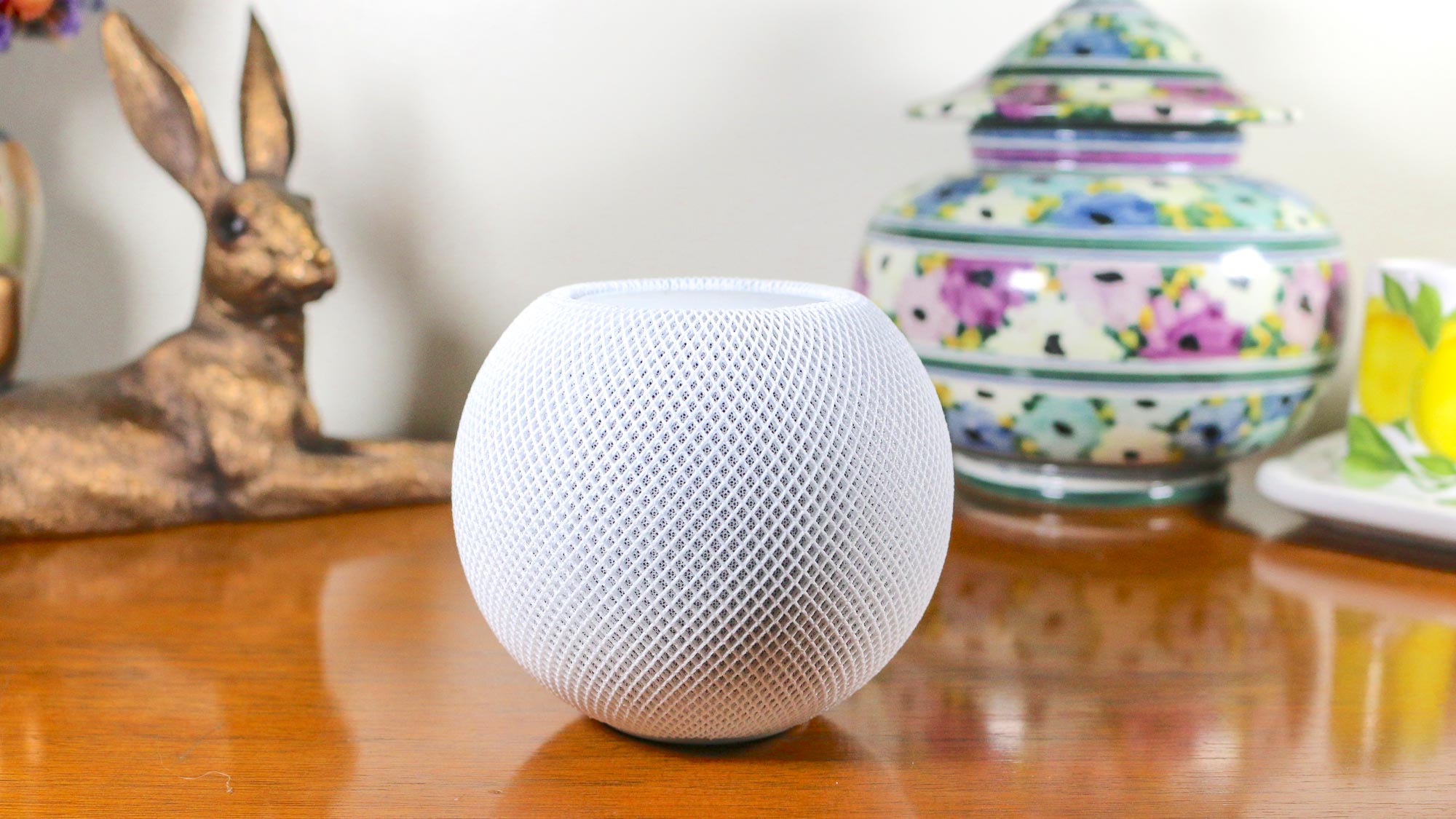
Apple HomeKit is an accessible way for users to create a smart home. While it’s true that HomeKit is optimized for Apple’s own HomePod speakers, there are hundreds of HomeKit compatible devices from well-known IoT brands. Apple is also part of the CSA’s Matter initiative, through which more gadgets than ever are meant to work across multiple ecosystems.
HomeKit is particularly useful for iPhone and iPad users, with a built-in HomeKit app that’s on standby to help you set up new devices as you introduce them into your home. You can add specific HomeKit settings, such as the on/off switch for a group of smart lights, to your Control Center as well. What’s more, Siri is able to recognize your smart home devices, so you can just ask the assistant to control them using your voice.
There are competitive HomeKit alternatives such as Amazon Alexa, Google Home, and Samsung SmartThings. But having tested all things smart home for many years, I found that it’s less so about which platform you prescribe to, and more about knowing how to use your preferred platform to the fullest extent. That said, if you’re going to use HomeKit, there are tips and tricks every user should try.
Whether you’re a HomeKit veteran or just starting your HomeKit journey with the best smart home devices, these are the best HomeKit features you need to know.
Sound Recognition
A big reason for buying smart home devices is for home security. From smart security cameras to video doorbells to smart locks, smart home devices can help you keep your home safe. HomeKit takes it one step further with support for Sound Recognition via a HomePod speaker (including the HomePod Mini and standard Apple HomePod.) Sound Recognition can detect when a smoke or CO2 alarm is going off in your home, and alert you accordingly. This may give you some peace of mind when you’re away, especially if you have pets at home.
Review Activity History
When multiple people have access to a HomeKit system, it can be hard to keep track of which devices are being used and when. Maybe you want to know the last day the alarm system was used, or what time the smart garage door was opened earlier one morning. HomeKit admins can review Activity History of up to 30 days prior in the Security tab of the HomeKit app. Activity History denotes which users controlled a specific device, as well as what time the action was carried out.
Detect guests at the door
If you have a HomeKit Secure Video-capable camera such as the Logitech Circle View Wired Doorbell, it can recognize the faces of known visitors as they come to your door. You’ll get a notification sent to your devices, including your Apple TV, telling you who’s there. In terms of privacy, all video images are processed locally and are fully encrypted, though you will need to use a home hub in order for the feature to work. HomePod, HomePod mini, Apple TV and iPad can all be set up as home hubs.
Tap-to-unlock with Home Keys
HomeKit users will want to make sure they get a smart lock with Home Keys support, such as the Schlage Encode Plus. Home Keys support means your iPhone and Apple Watch can function as keys for your door, with the option to just tap your device to the lock as you would when you use Apple Pay. You can also set up Express mode to bypass biometric authentication (Face ID or Passcode) when your device comes close to the smart lock. Using your Apple Watch in particular is super convenient when you have your hands full of groceries.
Create PIN codes for guests
Another way to make the most of your smart lock with HomeKit is to set up PIN codes for guests. If you have someone coming to stay with you, or a trusted person such as a housekeeper, you can add them as guests and give them access to specific locks in your home. For PIN code locks, you can create a custom PIN code for guests, and review any time their code is used in Activity History.
Adaptive Lighting
With compatible smart light bulbs, you can enable the Adaptive Lighting feature in HomeKit. Adaptive Lighting can automatically adjust the temperature of your light bulbs (between the spectrum of warm to cool-toned light) based on the time of day. In the morning, a cool light can help stimulate your circadian rhythm, while a warm light in the evening may help your brain start to wind down for the day. Adaptive Lighting requires a home hub in order to follow daylight’s schedule.
Temperature-based automations
Smart blinds are one of the fastest-growing smart home device categories, and it’s no surprise why — they can save you money. Connected blinds can be opened and closed conveniently, and even automatically in certain cases. If you use temperature-based automations with HomeKit, your blinds can, for example, close without user intervention when the temperature in a room passes a certain threshold. A fan connected to a smart switch or smart plug can turn on, too. The HomePod mini has a temperature sensor built-in, though third-party sensors can be used for temperature-based automations as well.







